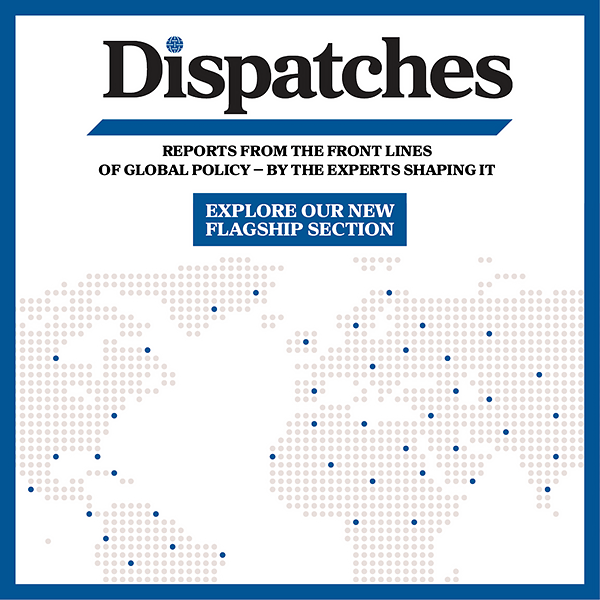Recommendations for coordinating US-EU policy
By
Zoltán Fehér, Valbona Zeneli
To effectively counter China, the United States should prioritize closer coordination with the EU in key areas: economic security, supply chains, anti-coercion, and strategic investment. Joint efforts on trade and investment, technology, and security will be crucial to ensure aligned US-EU action.
